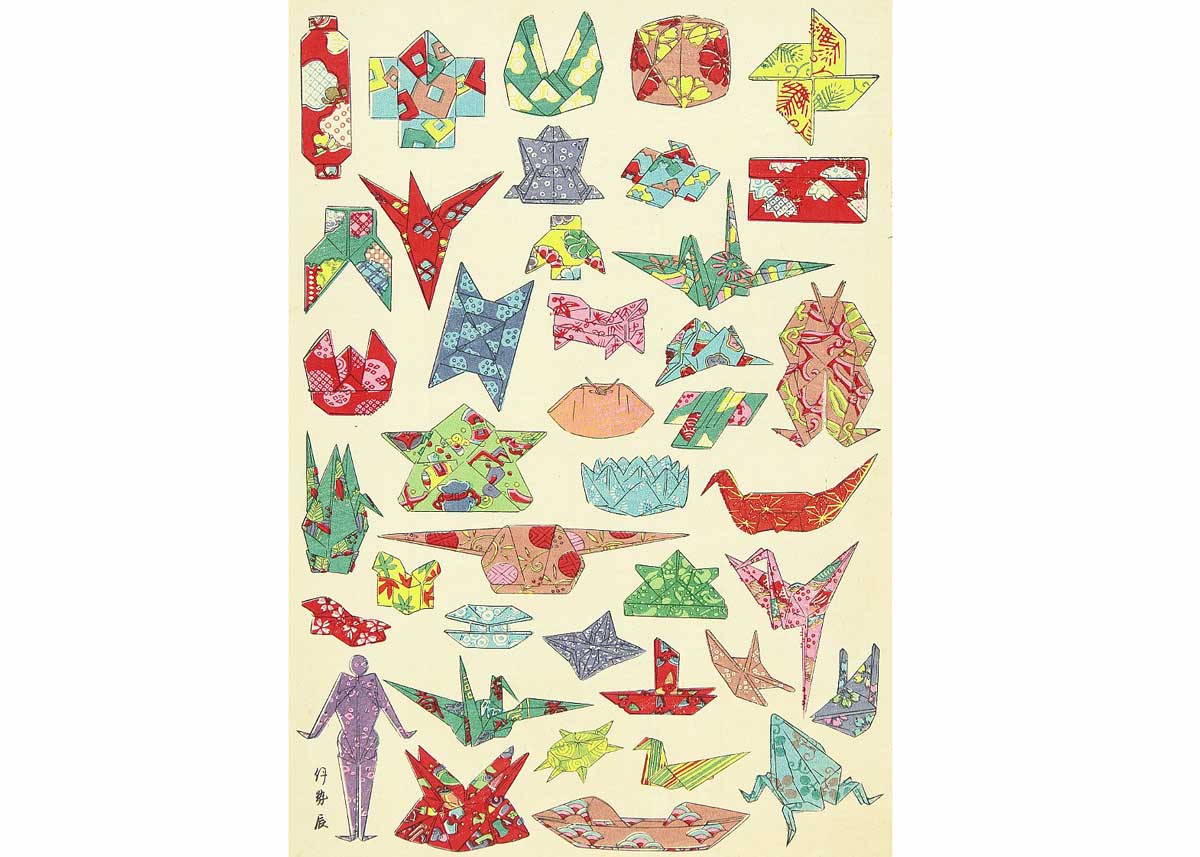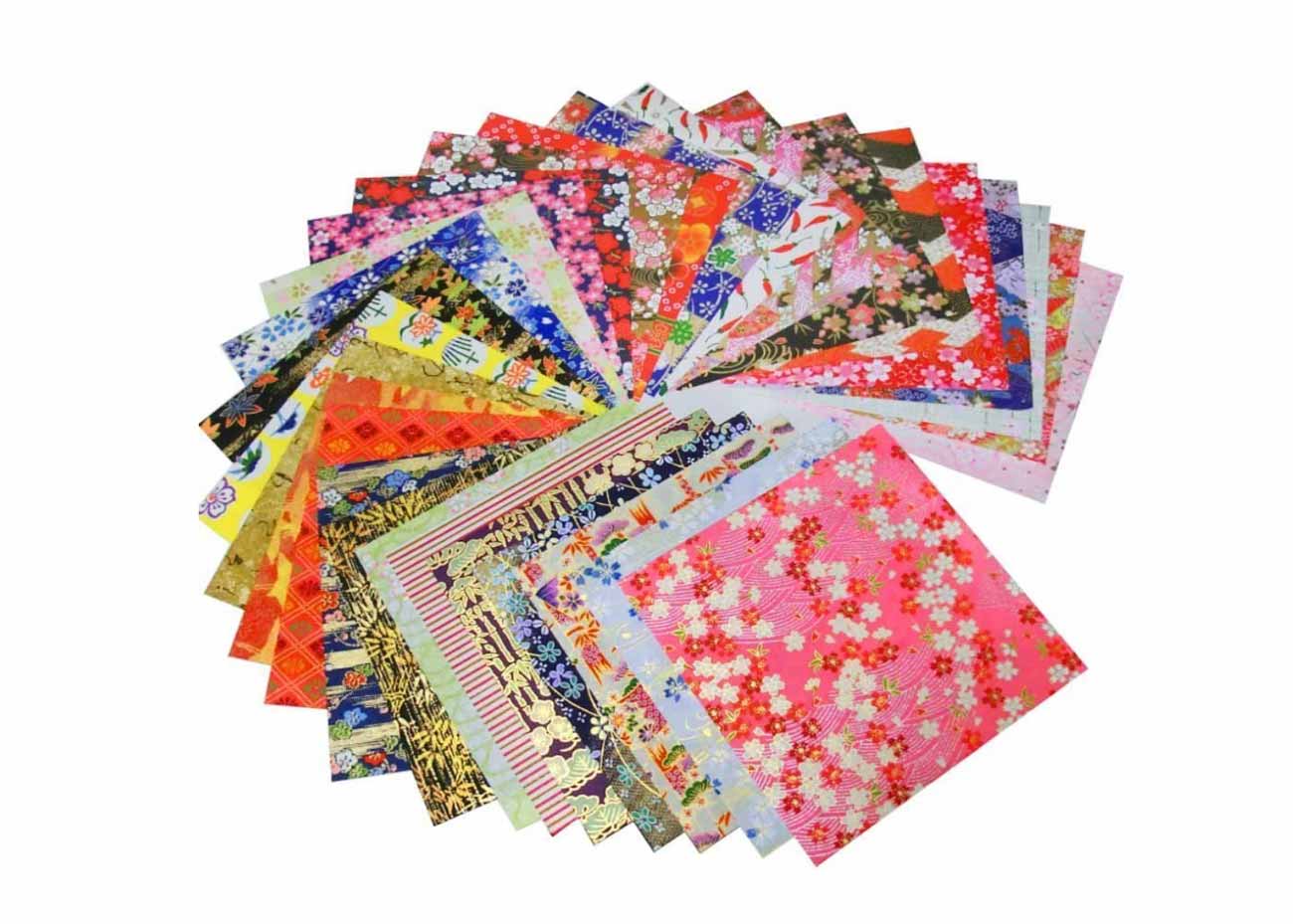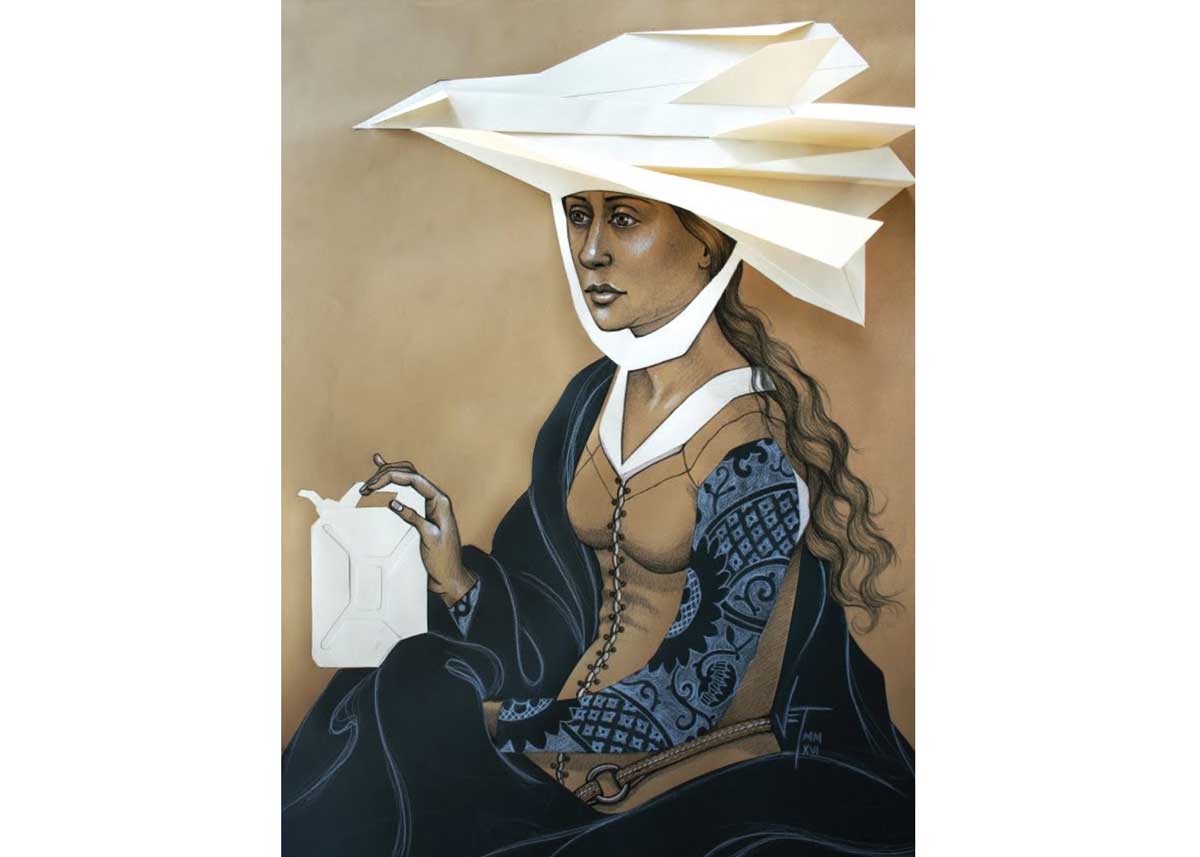How to Learn Origami for Beginners
Origami 101: Helpful Tips & Easy Instructions for Beginners
Origami 101: Helpful Tips & Easy Instructions for Beginners
by Monika Cilmi | CRAFT
Origami is a Japanese art form that enjoys popularity across the globe. Perhaps one reason for its enduring appeal is that the art of paper folding is accessible to anyone, from the eager beginner to the experienced artist.
We know there are many of you who would like to learn more about origami, but don't know where to start. That's why we invited origami researcher and author Monika Cilmi, to share her expertise in this beginner's guide to Japanese origami.
Monika explains how to get started on your own simple origami models, with step by step instructions and advice on what materials you will need. Along the way, learn about the history of origami, and the incredible creations of today's origami masters.
If you want to find out more, you should definitely check out Monika's book: Origami. Let's get folding!
1. Where Did Origami Come From?
Girl Folding an Origami Crane, 1900
The history of origami stretches back for millennia. Decorative folding of paper is believed to be as old as the invention of paper itself, which was first produced in China in the 1st Century, and reached Japan around the 6th Century.
Paper was always a pricey luxury item and was generally used for practical purposes by the elite and monied. Some of the earliest examples include letters and small charms shared between Samurai, and butterfly origami for Shinto celebrations.
By the Edo period in the 17th Century, methods of mass production were developed, making paper a lot more affordable and allowing craftspeople the resources to experiment. From the time, origami as we know it today was born.
Origami techniques were passed down from person to person until the first book was published by the end of the 18th Century entitled How to Fold 1000 Cranes. The crane, considered a sacred bird in Japan, is in fact one the most traditional designs in origami, symbolizing peace and longevity.
2. What is Origami?
Origami is an exquisite form of sculpture and considered part of the field of craft and design. It has many applications, not just artistic, but also scientific.
Origami practitioners recognize a number of different styles and techniques. For instance, when a object is created to reflect its real-life inspiration with many complex folds, it is termed realistic . Minimal , on the other hand, is when only the essence of the subject is captured using a few folds to keep its simplicity. Sometimes a piece can be constructed from several sheets of paper and joined together to create a final design. This technique is referred to as modular .
Models that are created for real-life applications, such as boxes, cups, or dishes, are termed practical . Designs that are made by following the pattern of folded edges across the paper are known as tessellations . Tessellation may be flat or three-dimensional, and many of the masters of this style were mathematicians. Finally, wet folding is a technique invented by Akira Yoshizawa, which uses a water soluble glue added to the paper. It is then dampened slightly before folding, which allows the paper to be folded into soft curves that harden as they dry, thereby giving the models more durability.
3. What Does Origami Mean?
Origami is a Japanese term composed of two kanji characters: 折紙. The verb ori (折) means to fold, and the noun kami (紙) means paper. Origami is therefore simply the art of paper folding.
4. What are the Main Folds and Bases in Origami?
The main folds in origami are known as Mountain and Valley folds. The former is created by folding the top edge down so that the paper adopts a mountain shape. The valley fold involves raising the bottom edge up instead. Another important fold is the pleat which is a valley fold followed by a mountain fold creating a concertina effect.
Another type of fold to understand are the reverse folds, of which there are two types: inside and outside. Reverse folds are often used to make the head or tail of an animal.
Bases are a short series of folds that can then be developed in a variety of directions depending on the end goal. The most common bases when first learning origami are preliminary, bird and water bomb , although there are many others. As its name suggests, the preliminary base is used in most traditional origami such as tulip, hydrangea, star box, iris, etc. With a little modification, it becomes the bird base, which is used to create the crane, turtle and others. The water bomb base is found in origami such as the water bomb itself, butterfly, tea plate and more.
5. How to Make an Origami Crane?
These two traditional models are beautiful and popular patterns. Take a look at the origami instructions in these diagrams, and have a go yourself!
The instructions above will explain how to make an origami crane. In Japanese culture the crane is a symbol of peace and longevity. The elegant shape of the fantail crane can be used to great effect as a centerpiece. Origami cranes are often used for decoration and celebration.
6. How to Make an Origami Box?
The masu box was originally a wooden box used during the feudal period to measure rice. It became a popular origami pattern used for various practical purposes, such as a delicate and beautiful container for gifts or sweets. This origami box has a unique form, where it is essential to create clear and sharp creases to allow the finished model to function as an actual box.
7. What Kind of Paper Should You Use for Origami?

Origami Patterns, 1900
Many different types of paper can be used for origami, although it's important to note that traditional patterns nearly always begin with squared paper; there are very few models based on any other shape.
Standard origami paper can be colored on either one side or both. Some models do not need double-sided paper, but where the inside will be visible the end result is much improved using double-sided paper. On the other hand one-sided paper is useful for beginners as it can help to visualize folding and creases.
Washi paper, which is Japanese hand made paper ideal for delicate origami models. You can find out All You Need to Know About Washi Paper here. Some other paper types you may come across include Chiyogami, brightly patterned paper; Aizoma, which is dyed paper; Shinwazome, raised patterned paper; and Unryu, dragon paper decorated with swirls. In term of size it is usually advisable to use 6"/15cm, the most common medium size.
There are other tools that can be useful, such as a ruler to help keep creases clean and sharp. A notebook can also be useful to take note of folds, bases and any other details.
8. Where to Buy Origami Paper?

Yuzen Kimono Pattern Origami Paper Available at Amazon
If you're in Tokyo, you can check out these Excellent Places to Buy Washi in the city. All of these locations offer an irresistible range of origami paper.
If you're outside of Japan, one of the best places to pick up some origami paper is probably going to be online. There are plenty of suppliers around, including paperjade.com and origamipaperstore.com. You can also buy the yuzen washi set illustrated above from Amazon.
9. Who are the Best Known Origami Masters in the World?
Among the best known origami masters are Tomoko Fuse, a Japanese artist mostly working with modular origami and tessellation, and Eric Joisel, a French origami artist specializing in the wet folding technique and renowned for his lifelike masks. In this video, Tomoko Fuse talks about her work in preparation for a 2015 exhibition.
Satoshi Kamiya is known for his elaborate dragon creations. He is inspired by manga, nature and mythology. In this video you can enjoy some of his intricate and fascinating designs. Toshikazu Kawasaki is another Japanese origamist and theorist, sometimes called the father of the origami rose.
Robert J. Lang is an American physicist and origami artist famous for his detailed and elegant models. He has made great advances in the real-world applications of origami to engineering problems.
In the above video you can have a go at an origami dolphin with Nick Robinson, a British origamist and Honorary Member of the British Origami Society. His approach is to capture the essence of form using minimal folds.
Akira Yoshizawa pioneered many inventive techniques, of which the most well-known is wet-folding. As we looked at before, thistechnique allowed the paper to be fold easily, resulting in a rounder, sculptured look.
10. How Can You Apply Origami to Other Creative Arts?

Origami has been applied to many art forms and has become a popular tool for contemporary art and design. Nowadays you can find many lamps, screens and containers that use origami techniques. There have also been some beautiful and innovative uses in jewelry, modern furniture and even fashion.
The appeal of origami to contemporary designers is its precision and the simplicity of using folding to create any forms that you can imagine. With developments in computer modelling, origami has even been used in education to help children understand and geometry in an effective and enjoyable way.
How did you get on with your crane? Do you have any questions for our origami expert? Let us know in the comments below!
JO SELECTS offers helpful suggestions, and genuine recommendations for high-quality, authentic Japanese art & design. We know how difficult it is to search for Japanese artisans and designers on the vast internet, so we came up with this lifestyle guide to highlight great Japanese artworks and designs for your everyday needs.
All product suggestions are independently selected and individually reviewed. We try our best to update information, but all prices and availability are subject to change. Japan Objects is a member of the Amazon affiliates program and if you buy something through our links, Japan Objects may earn an affiliate commission at no additional cost to you.
RELATED JAPANESE CRAFT
MOST POPULAR
How to Learn Origami for Beginners
Source: https://japanobjects.com/features/origami
0 Response to "How to Learn Origami for Beginners"
Post a Comment